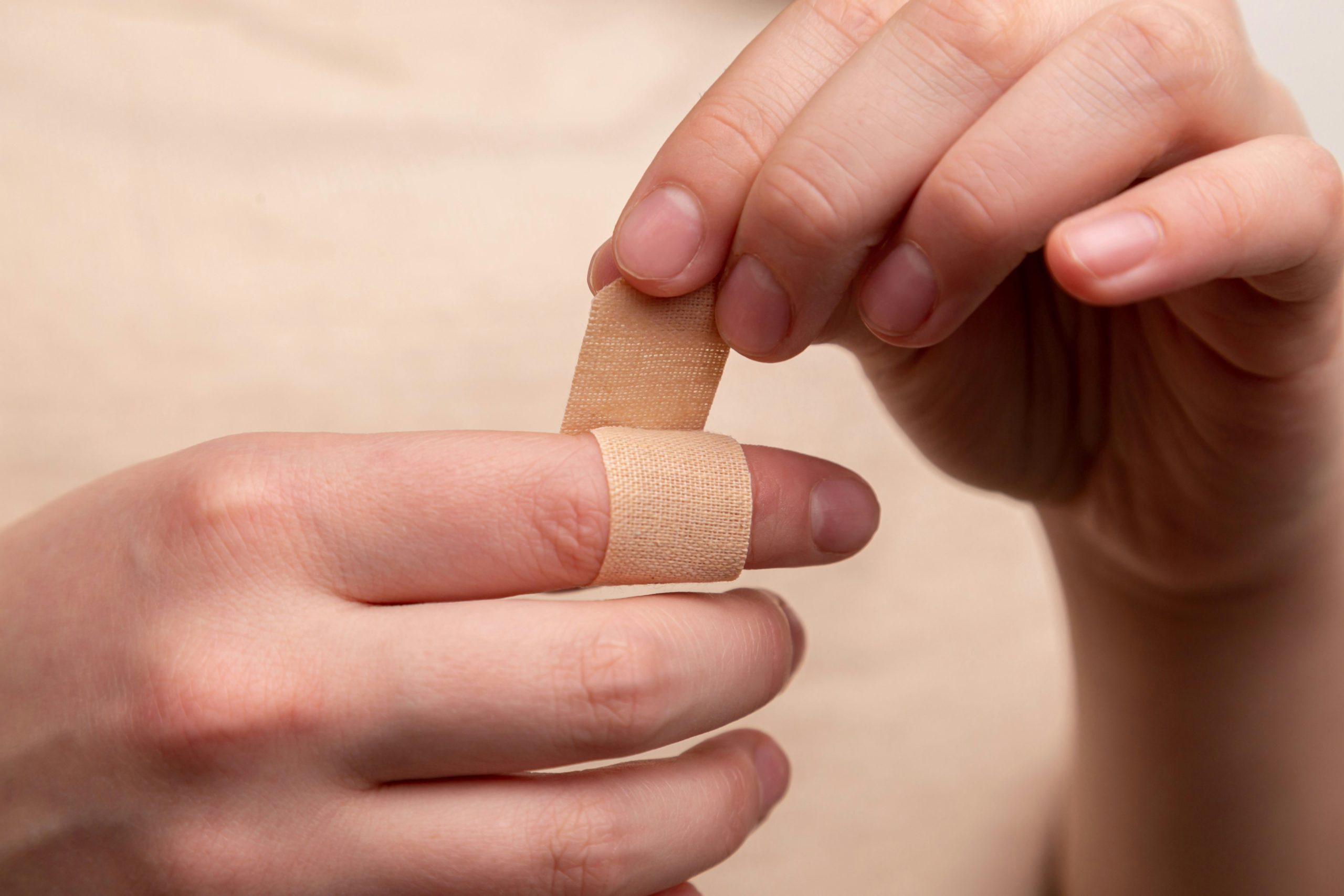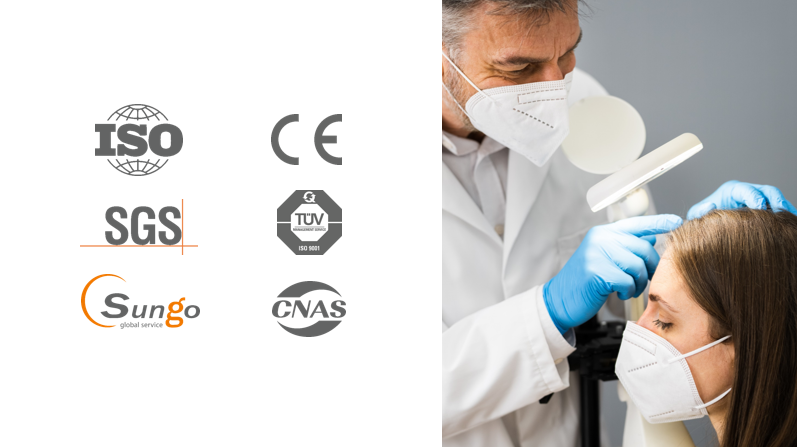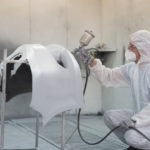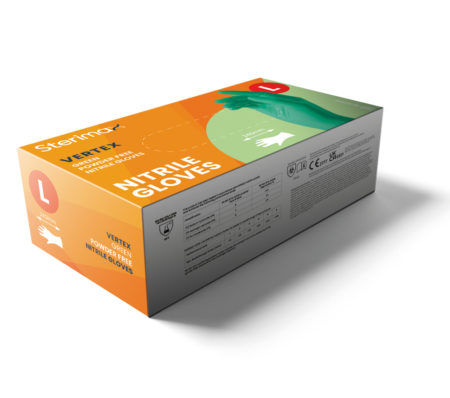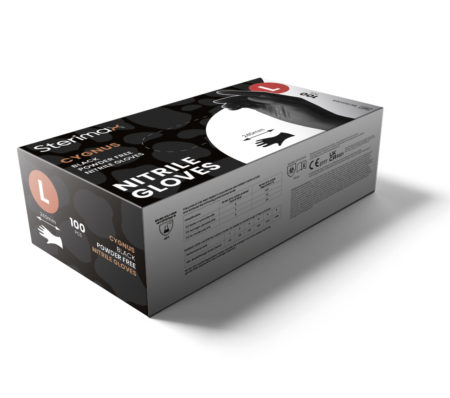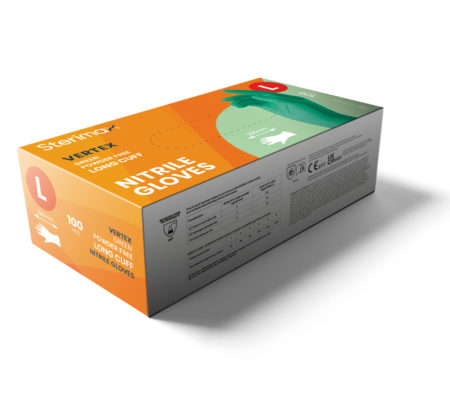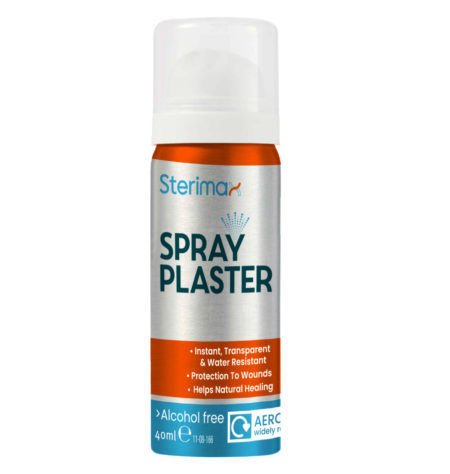Personal protective equipment (PPE) prevents pathogens from spreading between environments and people.
PPE works on a simple premise: that viral and bacterial contaminants cannot infect a person when there is a suitable physical barrier.
That barrier could be disposable gloves, polythene disposable aprons, or a mesh filtration system like in Type IIR, FFP2 and FFP3 face masks.
The requirement for PPE is set into health and safety (HSE) legislation, which covers every industry and commercial/medical use case. EPIC and NICE guidelines are followed in clinical settings to assure a high protection standard.
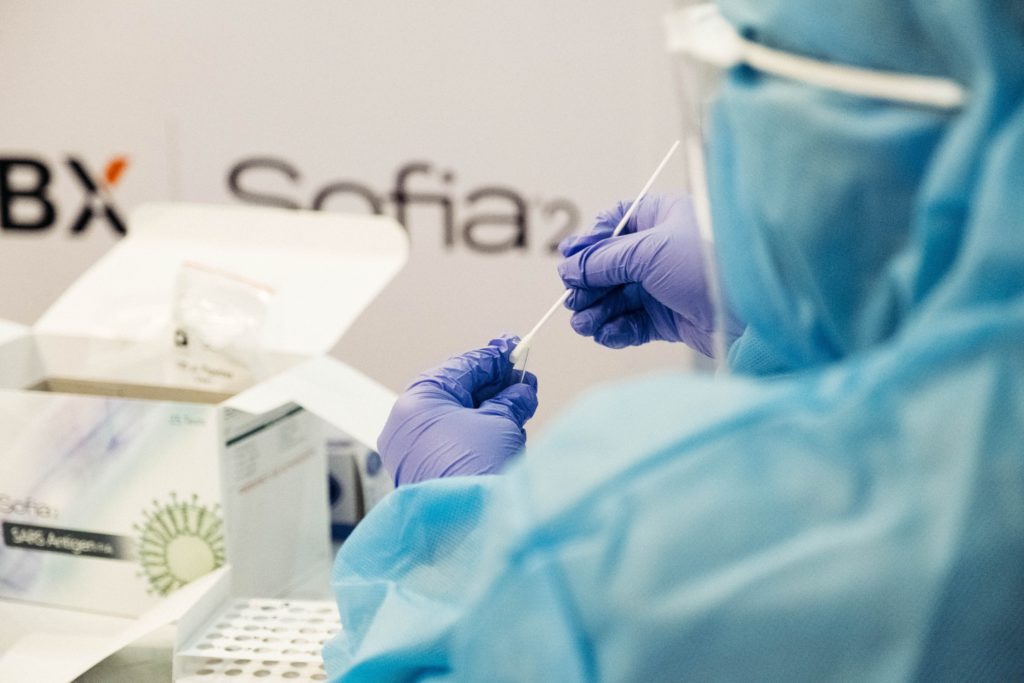
How PPE stops infections from spreading
PPE creates a physical barrier between pathogens and the wearer, reducing the possibility of the wearer becoming infected by pathogens.
When PPE is disposable (and correctly disposed of), the chances of cross-contamination are virtually zero, breaking the chain of infection.
However, infection and cross-contamination are still possible when PPE is not used correctly, such as wearing the same nitrile gloves to take two blood tests or using the wrong face mask close to infectious patients.
Hence, PPE guidelines and training are essential for people working in infectious environments. PPE is a tool to prevent infection; it is up to the user to ensure that it works as intended and breaks the chain of infection.
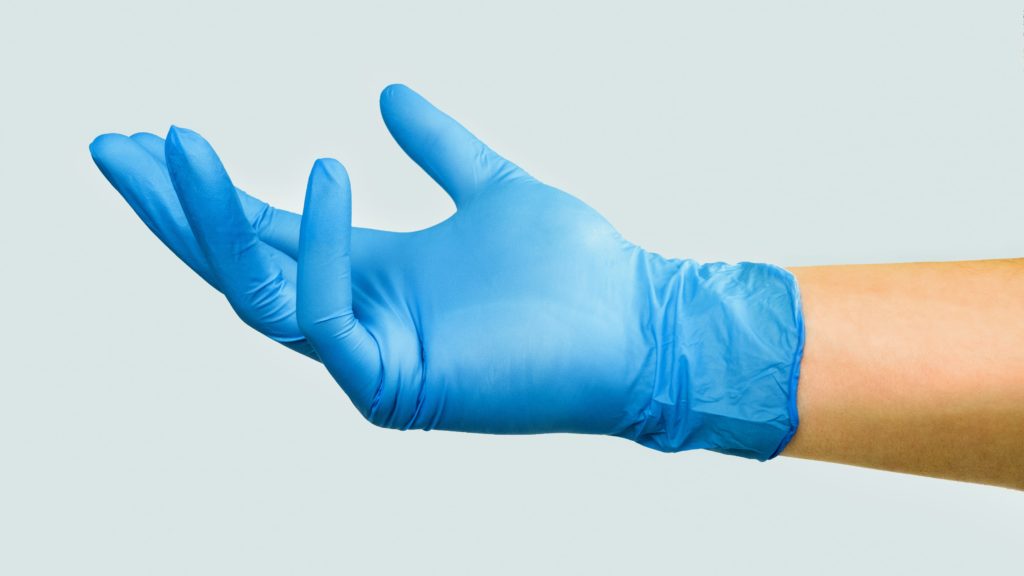
Types of PPE and how they prevent infection
Gloves
Disposable nitrile, latex, and vinyl gloves create a physical, skin-friendly barrier for use during direct contact with infectious materials. They are also suitable for preventing the spread of diseases like MRSA, VRE, and RSV.
After each use, these gloves are discarded, the wearer washes their hands, and new gloves are donned, ensuring a clean infection chain.
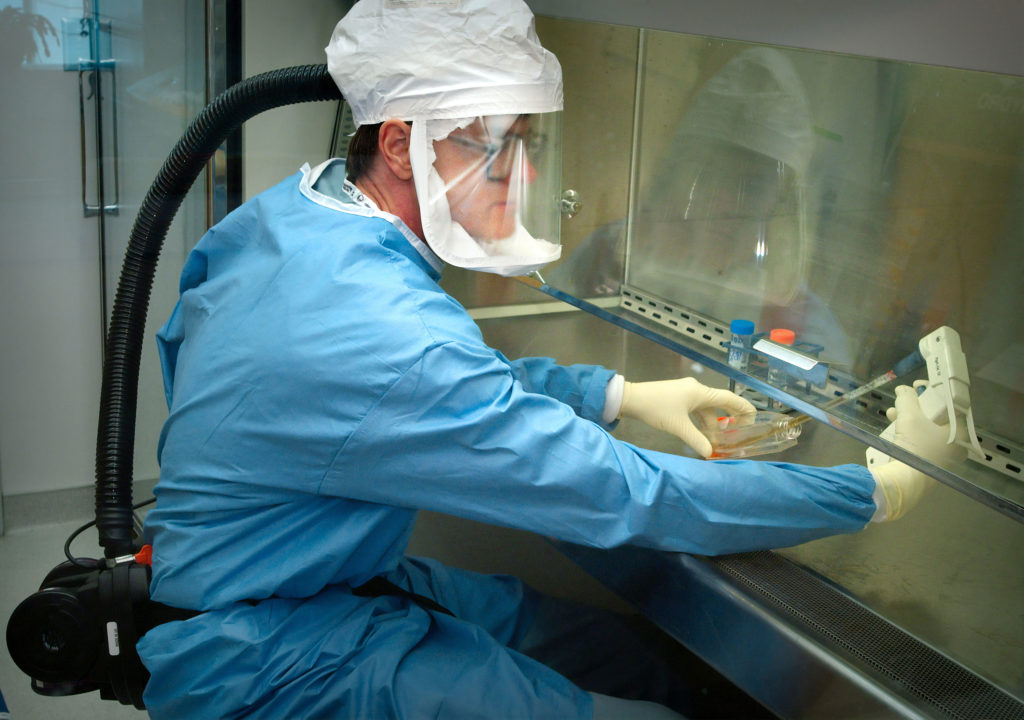
Aprons/gowns
Disposable aprons prevent the wearer’s clothes from soaking with infectious liquids like blood, mucus, and fasces, preventing soak-through and skin contact. They are used in all hospitals and clinical and care settings.
Disposable aprons should be discarded after each use, even with no visible contamination, and full-length gowns should be considered for arm protection.
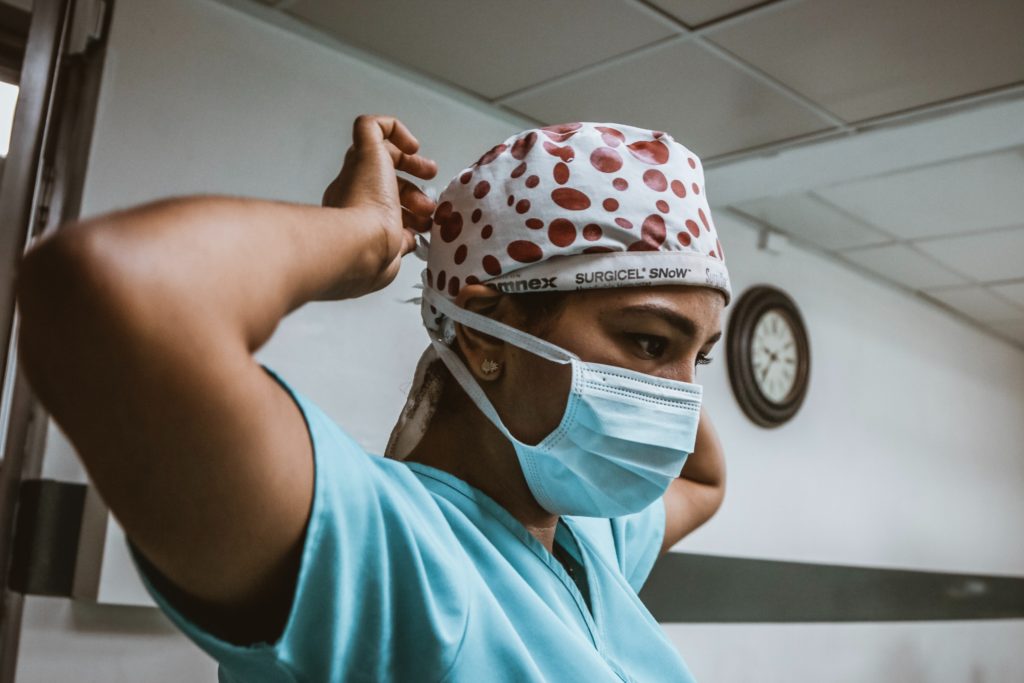
Face masks
We can split face masks into two types: surgical masks and respirators. A surgical mask protects the wearer from infecting others but offers the wearer limited protection, while respirators protect both the wearer and others.
Face masks filter airborne particles, offering protection to Type IIR (98% filtration – surgical), FFP2 (94% filtration) or FFP3 (99% filtration).
Masks marked (NR) are non-reusable and should be disposed of after use, while masks marked (R) are reusable. NR masks are used in hospitals and clinical settings because their performance is easier to assure.
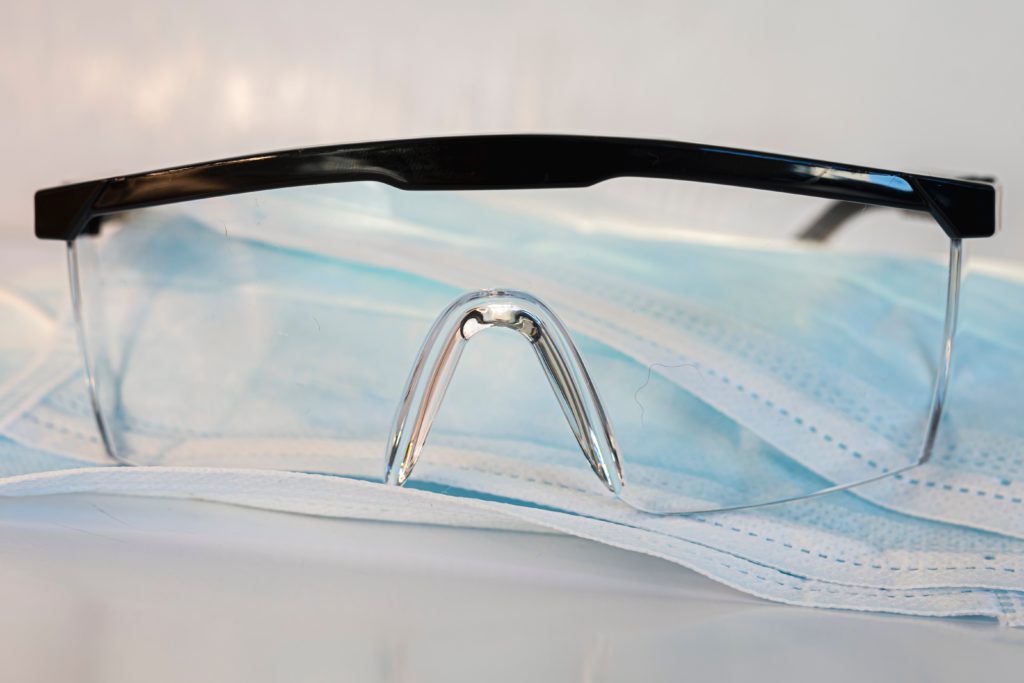
Eye protection
Eye protection includes:
- Safety spectacles (which cover the front of the eyes only)
- Lens-over-spectacles (which also cover the temples and bridge of the nose)
- Goggles (which offer an airtight seal around the eyes and brow)
- Vizors (which protect the whole face from splatters, but not the lower neck)
The purpose of eye protection is to prevent splatters from reaching the eye and to stop people from touching their eyes and contaminating themselves – the latter is a common cause of viral infections in medical environments



